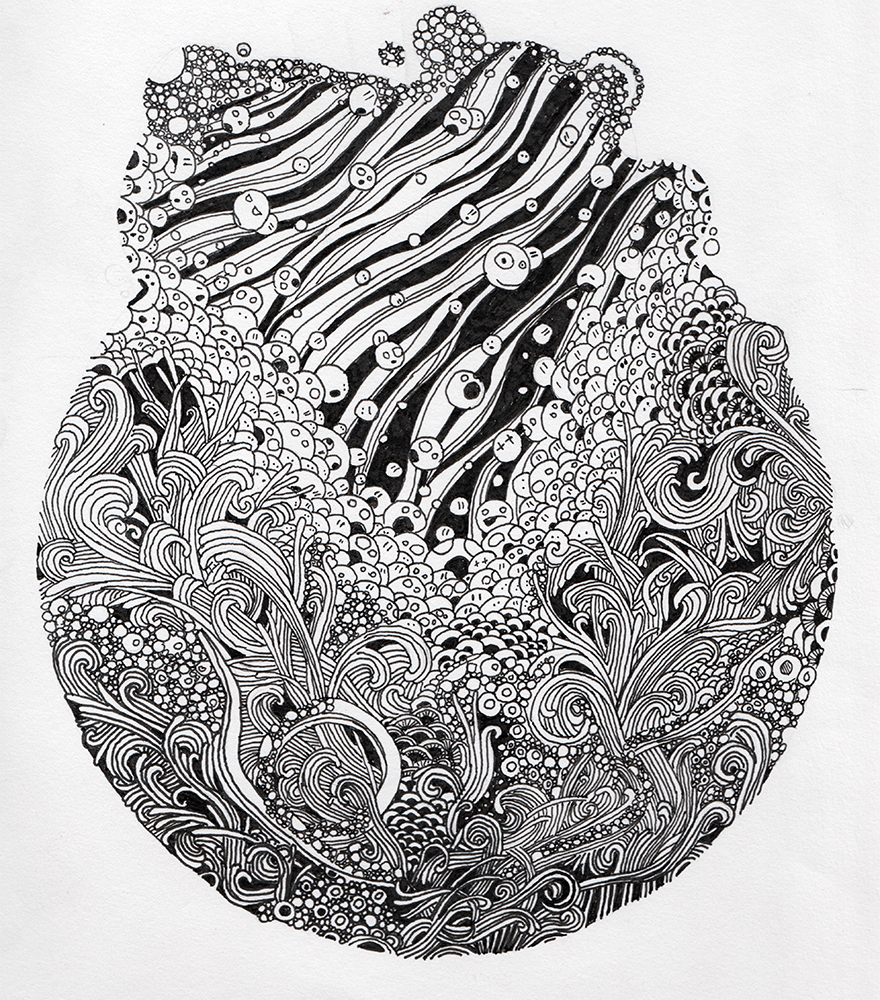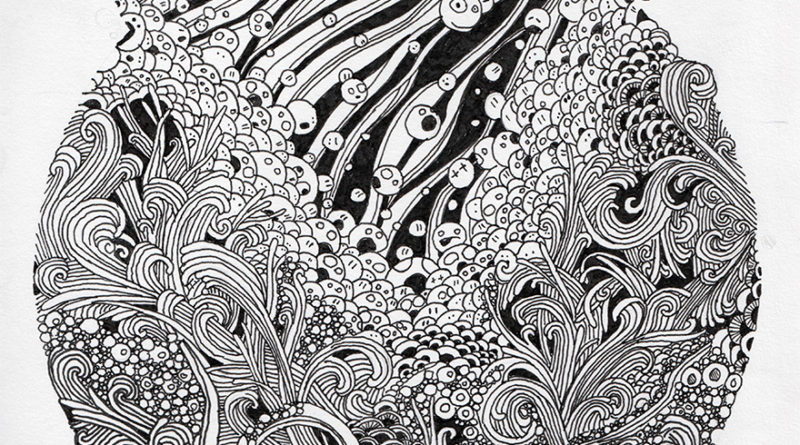How to write this rubbish and get away with it
Editor’s note: The article you are about to read was originally written in 2008 by my mum, an all-round amazing woman. Today would have been her birthday, so, instead of writing something myself, I am publishing this article in her memory. Mum was simply the best person ever, who inspired me to start writing myself. It’s an honour to be able to share some of her work with you. I hope you all enjoy this sliver of my mum’s brilliance and insanity.

How to write this rubbish and get away with it
Who would have thought that a single comment page in a local magazine would have lead to an acclaimed writing career? Well, actually it hasn’t but I have had one email and four or five comments along the lines of “yeah, it’s not bad”. So, sufficiently bolstered by this adulation, I feel duty bound to impart some pearls of wisdom to you all on how to achieve my current level of success.
Any written work can always be broken down into recognized stages whether it be non-fiction articles or a short story. True, it needs a beginning, a middle and an end, but there is much more that you can include to interest the reader and also pad out your work to approx 900 words.
The title.
This is your big opening gambit. It is your first stab at being interesting and grabbing your reader’s attention away from the TV so, ideally, it needs to be pretty good. ‘My Ingrowing Toenail – A Story’ won’t have your readers riveted unless they happen to be chiropodists, so something a bit more snappy and exciting may be in order – ‘A Year With The Taliban’ or perhaps ‘My Cousin, Stalin’ should do the trick.
The opening paragraph.
With a spankingly good title under your belt, ideally you should then deliver with a masterful opening paragraph. It does depend on your subject matter, of course, so your opening salvo needs to be appropriate and relevant. You might be a fan of the murder mystery, for example, so “As he lay there, I realized that he was dead” is a good one – it is intriguing and full of possibilities for the narrative to come. If you are writing a children’s story about Rabbit Bunnykin and his Flying Hedgehog, Percy however, then perhaps you may want avoid openings like “The blood dripped from the knife as Percy stood over Rabbits lifeless body” and consider something a little more fluffy and a little less morbid, but it does depend greatly on the age group that you are aiming for.
Bullet points, headings and other text variations.
This is more for the non-fiction writer than the budding novelist, but this is not always the case. It is worth noting that the Canadian writer Douglas Coupland managed to fill 30 pages with random computer code in the book J-Pod – for what reason we can only imagine. When you add this to many pages containing only 5 words of text – just printed in very large type – lists of various irrelevant names, places etc. he managed to pad out a 150 page book into a 350 page plus tour-de-force. Don’t get me wrong, it is a very good book, but perhaps too many trees were needlessly felled for it’s publication.
• Bullet points are a very good way of drawing the readers attention to salient points. Also, in breaking down the test into manageable chunks it allows you to keep the reader interested.
Bold headings are good too.
As you can see from this one, it emphasizes one of the essential points of the piece, as do bold words in the middle of sentences. Italics do the same, but in a much more subtle low key manner.
You may even wish to take this a step further, a la Mr Coupland, and include some words that are massive or tiny on the page for no apparent reason.
It may not mean anything but it certainly gets attention.
Meaningless graphics and illustrations. Many books, and most children’s books, would be nothing without their beautiful illustrations. These are works of art in themselves, but they don’t always have to be elegantly drawn or appear to have taken more than 5 minutes to do. If your artistic skills extend only to stick men or drawing a smiley face in the dirt on the back of a white van, don’t let that hold you back. There are many beer-mat doodles done in the pub that can pass for a book illustration these days so get that biro out and have a go.
At the very worst, it will give your reader something distracting to look at, giving them a break from the arduous journey that your story may or may not be. Non-fiction text can also benefit from graphics – perhaps more so. If you drop in a graph or Venn diagram or something, that works too.
Your reader can say “hmmm…” and “how interesting” and “yes. I see”. It doesn’t even have to mean anything. If the reader doesn’t understand what your graphic is telling them, they certainly won’t admit to it for fear of appearing stupid and uneducated. Rather, they will happily sit there saying “Sausages, yes…” for, basically, as long as they can keep rubbing their chins in a scholarly manner before it starts to get sore.
Use long words.
You don’t have to be well educated to use long words. Just pick up the dictionary and you will find that it is full of long words that you didn’t know before, don’t understand now and probably still won’t understand even though you have read the definition. It doesn’t matter. Do you really think that all these intellectuals know the meanings of all the long words they use? Of course they don’t – they just put them in to look clever, and they get away with it knowing that we are even less clever than they are. As long as you are sufficiently vague with the possible meaning and drop the long word into an ambiguous sentence no one will be any the wiser and it will make you look great into the bargain.
Summaries and conclusions – tying up the story. This is the trickiest part, as all your wild ramblings really do need to begin have some sort of point. Once they have finished your mighty tome, you want your reader to say “Wow, that was great! I had no idea that it would turn out to be the dog whodunit!” rather than reaching for the petrol and some matches. If you hadn’t considered this at the start of this venture, then you now have some work to do. If you are working on non-fiction, this is a tad easier because you just go over the same points again, only much shorter.
The end.
Generally it is best to just put “The End”
So, there you have it. I may have spawned a new generation of writers and novelists. On the other hand I may be directly responsible for a dramatic increase in the number of ludicrous, badly written articles and comments submitted to the local and national press in future months. I think that I had better watch my back.
